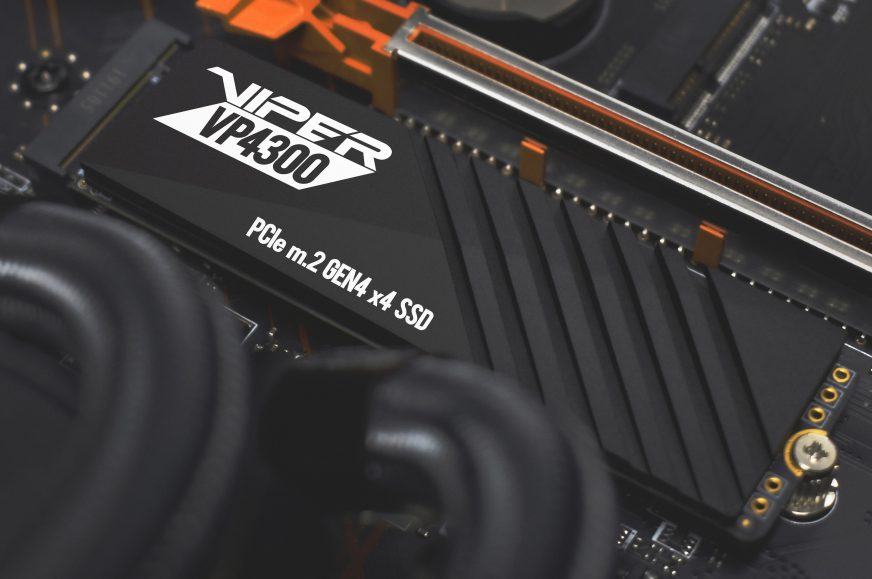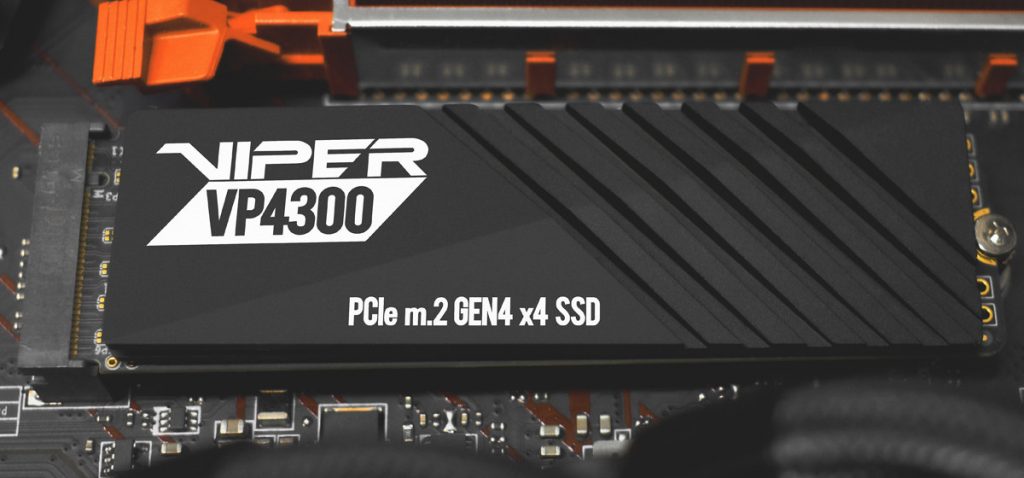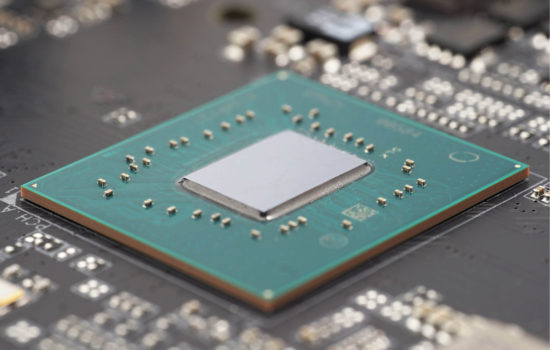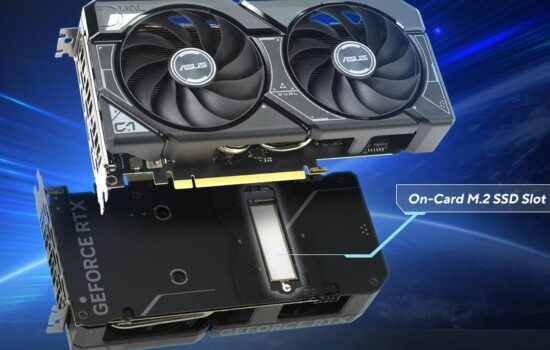Patriot Viper VP4300
Patriot is releasing the 2nd generation of their NVMe SSD with PCIe 4.0 interface. The Viper VP4300 boasts a speed of up to 7,400 MB/s and is powered by a so far little-used controller by a new brand – InnoGrit. But it also comes with a interesting cooling solution: it’s fitted with a thick aluminum heatsink for normal desktop use, but a thin copper heat spreader is also included for laptops or SFF PCs, so you’ll get the equipment for both scenarios.
Two companies have recently dominated in the production of SSD controllers – except when large manufacturers develop their own (e.g. Samsung, WD), Silicon Motion and Phison are the leaders, with the latter now holding a virtual monopoly over PCI Express 4.0 SSDs. However, a new name has appeared on the market some time ago: the InnoGrit controller, which also landed straight into the highest performance segment.
It is with this chip that Patriot is now launching its new high-end SSD Viper VP4300. These are PCIe 4.0 NVMe modules for gaming PCs, so this novelty is quite interesting.
The Patriot Viper VP4300 drives are a classic 80 mm long M.2 modules with a capacity of 1 TB or 2 TB. A somewhat unusual trait is that the module is double-sided. The InnoGrit IG5326 (codenamed Rainier) controller uses the PCI Express 4.0 ×4 interface and supports NVMe 1.4. It’s reportedly manufactured on TSMC’s 12nm process (the competing Phison E18 should use a 12nm GlobalFoundries process).
It is an 8-channel controller using DRAM cache (1–2 GB DDR4) and it’s coupled with 96-layer 3D NAND memory with TLC recording. The controller communicates with it through eight channels. Of course, the disk uses the pseudoSLC cachetechnique when writing, which is the all but standard today.
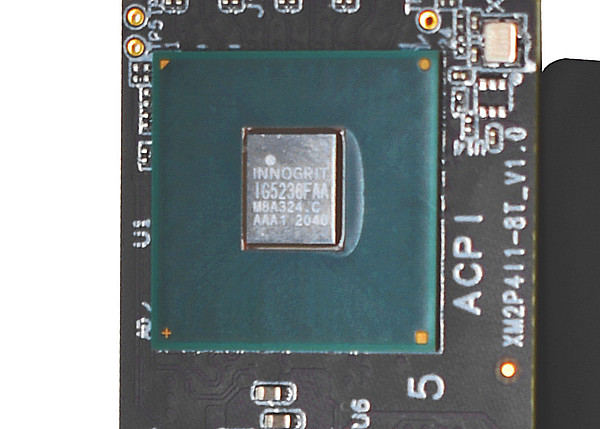
High and low heatsink
The SSD employs an interesting cooling solution. There are two different coolers supplied. The default is about 4 mm high aluminum heatsink, which you’ll use in a desktop PC. But for mounting in a laptop or on the other side of the PCB on the motherboard, a thin copper heat spreader with a graphene thermal pad is included in the package. This is a convenient add-on, but we are talking about a relatively expensive SSD, so in the end this doesn’t necessarily mean you are getting a great deal on the whole package.
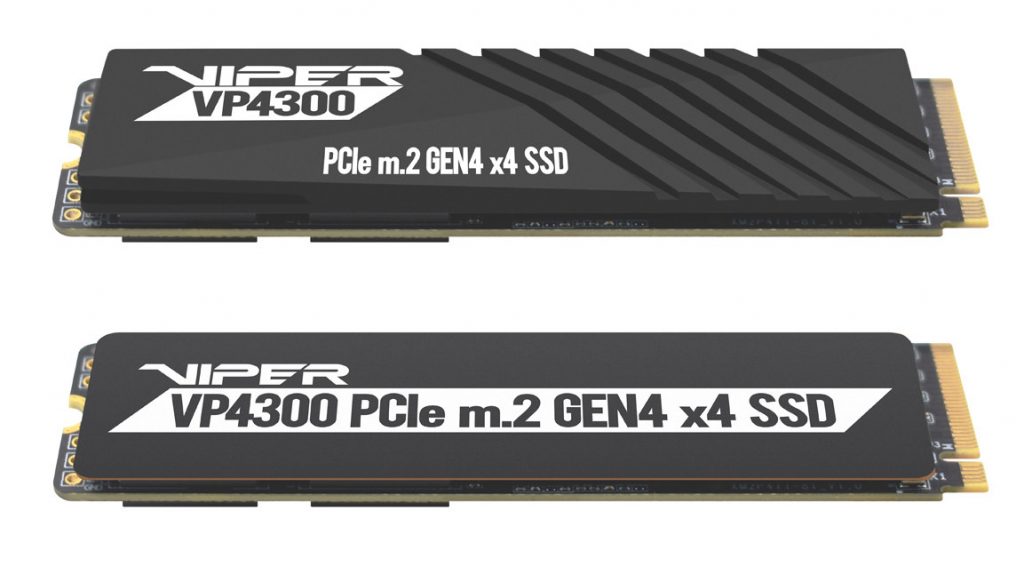
The manufacturer states up to 7,400 MB/s in sequential read performance, up to 6,800 MB/s in sequential write, and up to 800,000 IOPS in both random read and random write access (though, for example, Tom’s Hardware states that they measured less). The same values are advertised for both capacity options, with the exception of sequential write, which is only 5,500 MB/s for the 1TB model.
The manufacturer does not state the power draw, but it could probably be comparable to the modules with Phison E18, because the controller has a similar 3W power rating (you have to add DRAM and NAND power consumption to this value). The controller also generally support power saving modes. However, it is not clear whether these are also available with the Patriot Viper VP4300.

The flash endurance is gratifying, Patriot guarantees it to be higher than the standard approx. 600 cycles – the 1TB model should last at least exactly 1,000 TBW and the 2TB then 2,000 TBW. These are the minimum values, naturally. In reality, the TLC NAND will probably last more, as shown by some SSDs, which are not afraid to guarantee 1,600 to 1,800 TBW per 1 TB of capacity (and they are still consumer models, not enterprise or embedded products). The warranty is five years long, which is however a standard feature of more expensive drives.
Reviews of these SSDs were published yesterday, for example by Tom’s Hardware or ComputerBase. According to them, the InnoGrit IG5236 does not reach the position of highest performance controller on the market, in some cases it seems less responsive than competing high-end controllers. That might be due to being a relatively fresh entry to the market with the manufacturer yet having to tune the firmware and hardware as much as the established players were able to do.
These SSDs are not sold in Europe yet, but they should arrive in a few weeks. We also don’t have official prices, but the US ones should be around $230 for 1TB and $440 for the 2TB version, which, including VAT, would be around CZK 6,000/EUR 233 and CZK 11,500/EUR 447.
Translated, original text by:
Jan Olšan, editor for Cnews.cz
- Contents
- Patriot Viper VP4300





